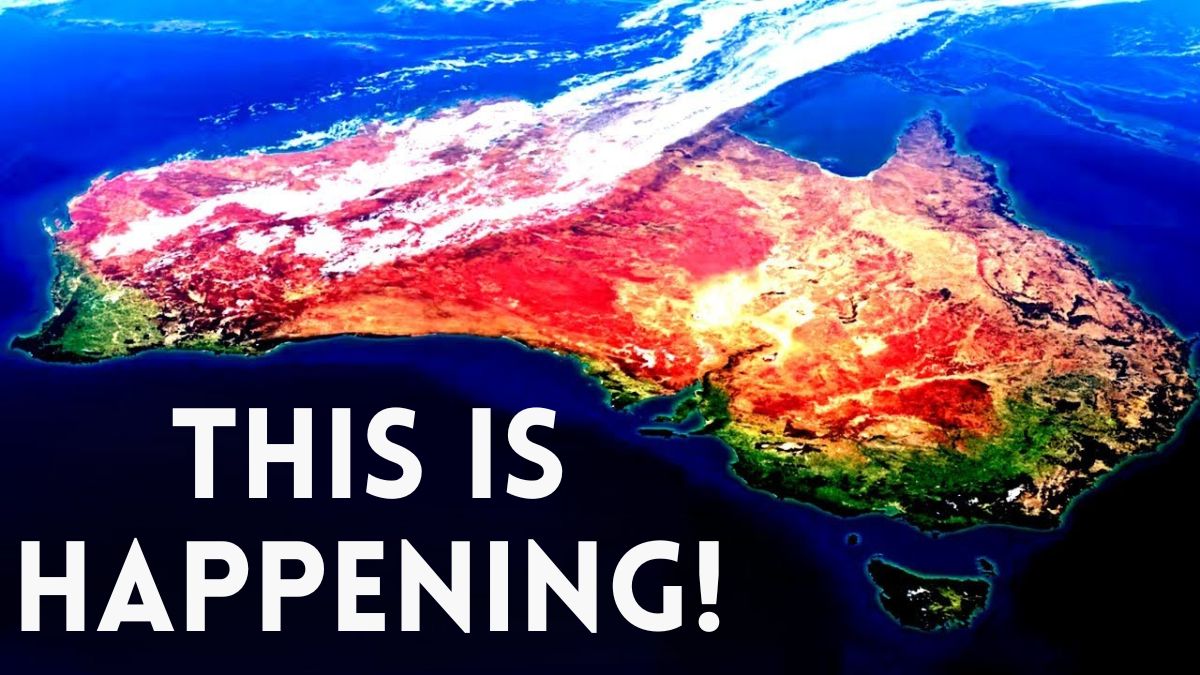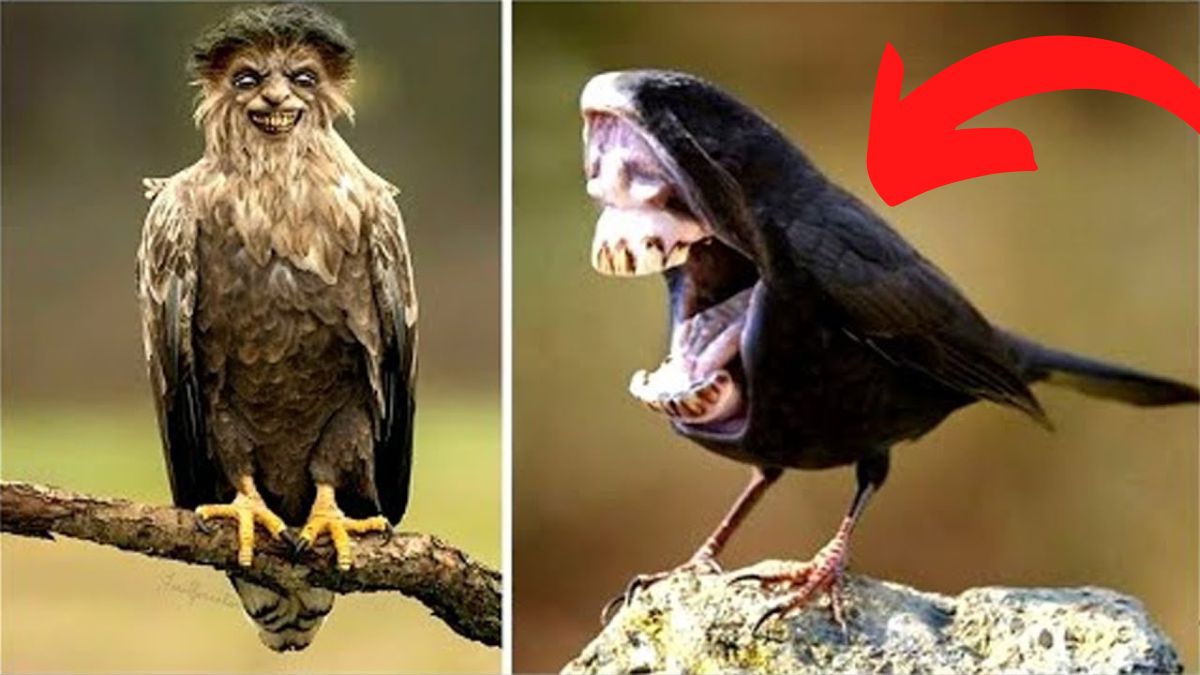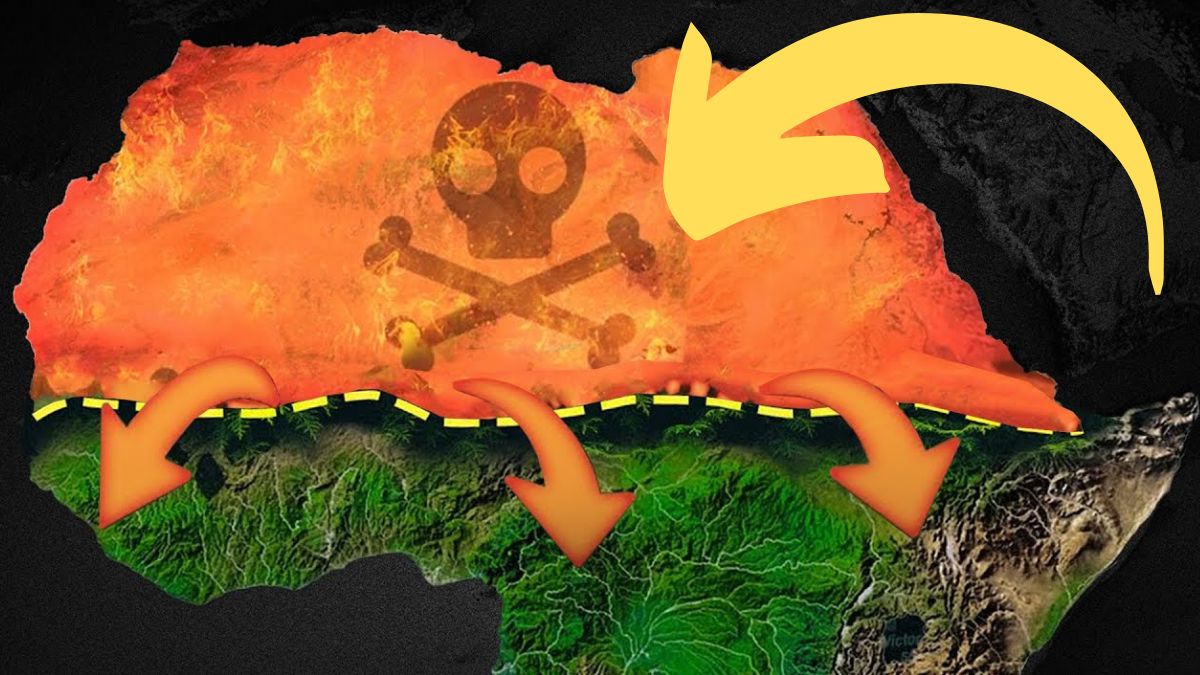
Australia has been called “the last frontier,” “the oldest continent,” and “the last land.”
“Those descriptions show how much the world loves Australia, but they don’t live up to expectations.
The majority of the continent’s rocks, which form the foundation of Australian landforms, were formed between 4 and 4, which is impressive in simple physical terms.
6 billion and 252 million years ago, but all continents’ cores are roughly the same age.
In contrast, while the landscape history of large areas in Europe and North America has been profoundly influenced by events and processes that have taken place since the end of the last ice age—roughly 25,000 years ago—scientists in Australia use a longer timescale that takes into account the continent’s extensive history.
Due to a lack of written records that enable us to comprehend early cultures from other places like Africa and Asia, a significant portion of Australia’s history prior to the arrival of the Europeans is unclear.
However, this has not stopped researchers from learning about the remote history of Australia.
Over the years, a lot of strange and unusual things have been found on this island continent.
Australia has seen the discovery of everything from magnificent fossils of species that roamed the planet millions of years ago to ancient antiques and hieroglyphs.
Additionally, there are undoubtedly numerous additional secrets that scientists have yet to uncover.
Today, we’ll tell you about some of the most alarming discoveries made in Australia. These findings have scientists wondering what else might be out there.
No 1
Every living thing experiences the physical and emotional pain of the “suicide plant” at some point in their lives.
This unpleasant sensation is important because it can warn you of potentially dangerous situations.
Fortunately, most of our discomfort is short-lived and acute.
However, did you had at least some idea that there is a plant whose prick causes such horrendous torment that individuals examine self destruction?
Dendrocnide moroides is also known as gympie gympie, “gympie stinger,” and stinging tree or shrub.
Gympie, an Australian city, was the inspiration for its name.
It is most normal in the northeastern part of australia and indonesia.
In Australia, this plant is thought to be the most lethal.
The majority of this plant can be found in sunny, wind-sheltered areas or woodlands.
Their large leaves are shaped like hearts and have serrated edges.
Spherical white or light purple achene is the fruit.
As a shrub, it can reach a height of one meter.
The 0.1 to 2 mm length hairs are very recognizable.
Each side of a large leaf might have up to 15.000 of these hairs.
In addition to the leaf, they can thrive on the petiole and the fruits.
A tiny head stuffed with toxins breaks off when these hairs are touched and gets under the skin.
What does it mean to be poisoned?
The victim experiences excruciating pain as soon as the plant touches their skin, which lasts for 20 to 30 minutes after the poisoning.
The lymph nodes begin to grow and the skin becomes pale.
The discomfort at first is comparable to that of a wasp sting.
The amount of hairs on the leaf and the surface of the skin that came into contact with it determine the severity of the poisoning.
Within five minutes, severe discomfort develops in the axilla, groin, neck, and face.
A tiny, red rash appears on the surface of the poisoned skin.
After a few weeks or even years, the pain goes away.
Some people say that they felt like they were being electrocuted and burned by hot acid at the same time when they were poisoned.
Because the pain is too much to bear, people have taken their own lives.
The gympie gympie has been the subject of numerous horrifying tales.
During World War II training exercises, an ex-serviceman named Cyril Bromley fell into one of the plants and ended up strapped to a hospital bed “as mad as a cut snake.”
Bromley also related the story of a police officer who, without realizing it, used a leaf as toilet paper.
He ended up shooting himself.
In 1963, the botanist ernie rider was hit in the face, arm, and chest. He didn’t get better until 1965.
After contact, hairs that embed in the skin can remain there for up to six months.
This may have serious repercussions.
The individual may experience excruciating pain if that area of the skin is pressed or comes into contact with any temperature of water.
Clinical experts prompt against contacting the harmed district on the grounds that the hair can enter further into the skin.
No 2
Dutzende of strange and wonderful new deep-sea fish were discovered on a recent deep-sea expedition off the Cocos Islands in Australia.
If it weren’t for the fact that the majority of them are so small and reside at such depths that our toes are never within biting distance of their faces, wonderful could also be interpreted as terrifying.
In April, the Australian government said that a huge new marine park would protect the marine ecosystem around the cocos (keeling) islands.
The seas, which are at the point where the Indian and Pacific Oceans meet, are home to a remarkable variety of marine life.
The seafloor surrounding the cocos (keeling) islands seamounts marine park was first mapped by this expedition.
In a report on the 11,000-kilometer, month-long expedition, the underwater scenery was described as “massive flat-topped ancient sea-mountains, flanked by volcanic cones, snarly ridges, and canyons formed from avalanches of sand that have slumped down onto the abyssal ocean floor.”
They found species like the deep-sea batfish, which uses its tiny flippers for propulsion and has a tiny “fishing lure” in a tiny hole in its nose to catch prey.
The tribute spider fish, for example, walks around on bottom flippers that have expanded into tall stilts and raise its mouth to the swimming level of its favorite prey, tiny shrimp. These hunting strategies were developed for a dark environment.
According to Dr., “we discovered an incredible number of potentially new species living in this remote marine park.”
Chief scientist of the expedition is Tim o’hara of the Museum Victoria Research Institute.
The appearance of one of the previously unknown species is reminiscent of something from a H.P. Lovecraft novel.
The blind eel, also called a cusk eel, can be found in water that is more than 5 kilometers deep.
The eel’s translucent skin and underdeveloped eyes are due to its dark depth.
This flatfish has evolved to have both eyes on one side of its head, giving it the ability to hide on the sea floor and have two eyes for hunting.
According to o’hara, “we are proud that parks Australia will use our maps, data, and images to manage the new marine park in the future.”
No 3
One of Australia’s most bizarre archaeological finds was the enigmatic skeleton of a young indigenous woman found in a midden cave at Ball’s Head in 1964.
Balls Head is a small bushland reserve on the harbor, about 1.
Despite being located just 5 kilometers from Sydney’s cbd, it has a rich indigenous heritage.
In the 1960s, archaeologists dug in a rock shelter at this reserve to find an incomplete female skeleton. However, her skull and other body parts were mostly intact.
A juvenile kangaroo’s incisor teeth with vegetable gum on them, indicating that she wore a necklace or had her hair ornamented before she died, and 450 other items were found nearby. She was around 30 years old when she died.
Her teeth did not have any decay, which suggests that she lived before the British arrived. Reports say that she lived there between 1000 and 2000 years ago.
The fact that the woman was buried face down in a shallow grave with a campfire nearby suggested that she had either been abandoned or that men and women had different burial practices at the time.
Unfortunately, scientists and researchers lost many of this mysterious woman’s remains over time. As a result, the entire skeleton is no longer accessible for dignified burial or further research into the lives of Sydney’s indigenous people before European colonization.
Authorities seized artifacts and human bones from balls head in the 1990s from the home of convicted killer Michael Guider, who was serving a sentence for the kidnapping and murder of nine-year-old Samantha Knight from Bondi in 1986, in a bizarre and disturbing twist to this thousand-year-old mystery.
No 4
The natural world of horizontal falls consistently astonishes humanity in novel ways.
And the majority of them are so bizarre and cool, like australia’s horizontal falls, that we can’t help but be amazed!
Up until this point, you must have only seen cliff-side waterfalls that fell vertically.
The most bizarre natural wonder in Australia can be found in Talbot Bay, which is located on the Kimberley coast.
These are the main even cascades in the world and are known as ‘horries.
“The turquoise water that is squeezed between two small canyons causes unique tidal movements, which result in these extraordinary waterfalls.”
The water rises on one side of the mclarty range cliff and quickly flows into a short corridor, creating the appearance of a waterfall.
Additionally, these waterfalls will slant sideways.
The awesomeness continues after that!
The water begins to flow in the opposite direction every day when the tide changes.
Consequently, not only are the falls horizontal but also “reversible.”
No 5
In 2005, a group of builders constructing a gas pipeline on the northern beaches discovered the narrabeen man’s six-foot-tall human skeleton beneath a bus shelter.
They were afraid because they thought they had accidentally found a recent murder victim. However, the real situation wasn’t discovered until the police were called and an investigation was conducted.
The skeleton was 4000 years old.
The bones were found to belong to an unusually tall indigenous man who was between 30 and 40 years old and had survived on seaweed, seabirds, fish, and shellfish, according to radiocarbon dating and isotope chemistry analysis.
The narrabeen man’s distinguishing feature was the gruesome manner in which he died.
He had an axe wound through his head, two spear wounds through his back, one of which was in his left hip, and, to top it all off, the tip of a stone spear was stuck in his spine.
With his arm over his face, his body posture suggested that he had been the target of a sacrificial slaughter.
Despite the fact that this region has a ritualistic “tooth evulsion” practice that dates back 8000 years, it is also believed that he did not belong to the local Sydney coastal community due to the fact that he still had his front teeth.
One of many examples of the eora nation’s surviving culture and history is the fiercely preserved death of the narrabeen man, which is the first archaeological evidence of spearing death in Australia.
No 6
The kimberley super dry season while examination into the genuine age of the kimberley cave workmanship is progressing, other, more contemporary native craftsmanship from the locale gives as proof to a horrible fiasco that changed the scene of western australia until the end of time.
The wandjina took their place after the gwion people appeared 17,000 years ago but then vanished a few thousand years later.
To find what befell the gwion, specialists inspected the region’s dust record and found that dust considerably changed a long time back, demonstrating that the region progressed from a rich scene to the inferior, dry circumstances that exist today.
In addition, sediments show a significant rise in dust, indicating that the gwion disappeared during a massive drought.
The massive drought severely harmed the local tribes, forcing them to alter their behavior; Stone tools, on the other hand, show that they did not leave the area.
In the comments section below, let us know what you think about these discoveries and which one surprised you the most.
Related:







